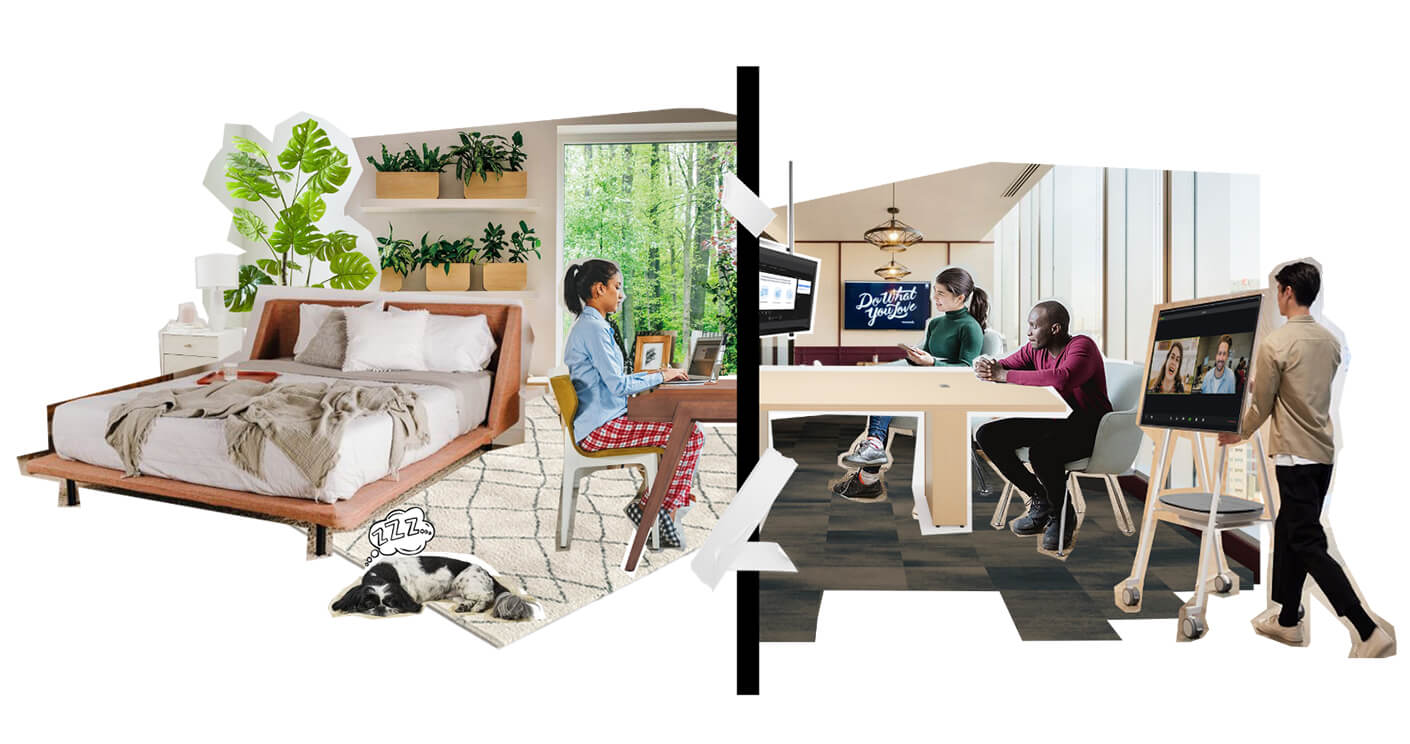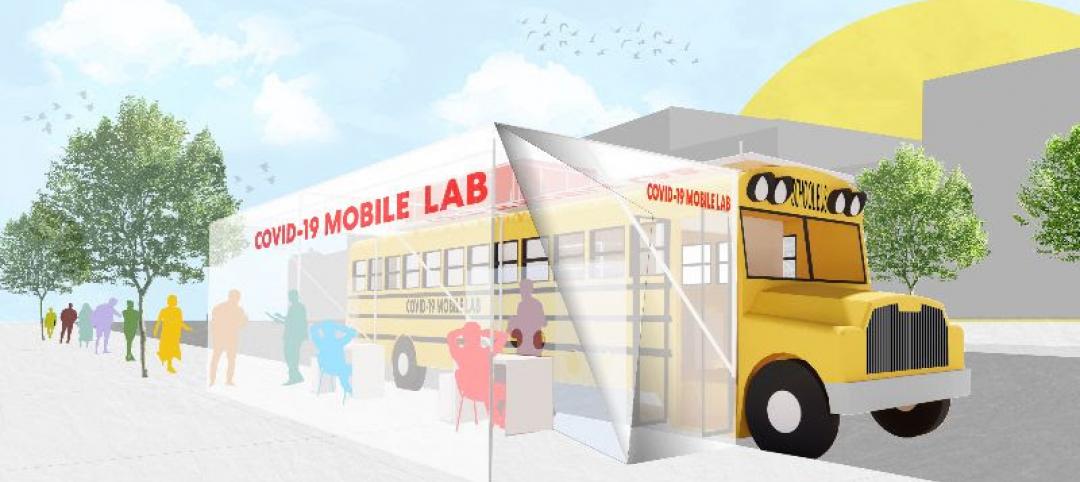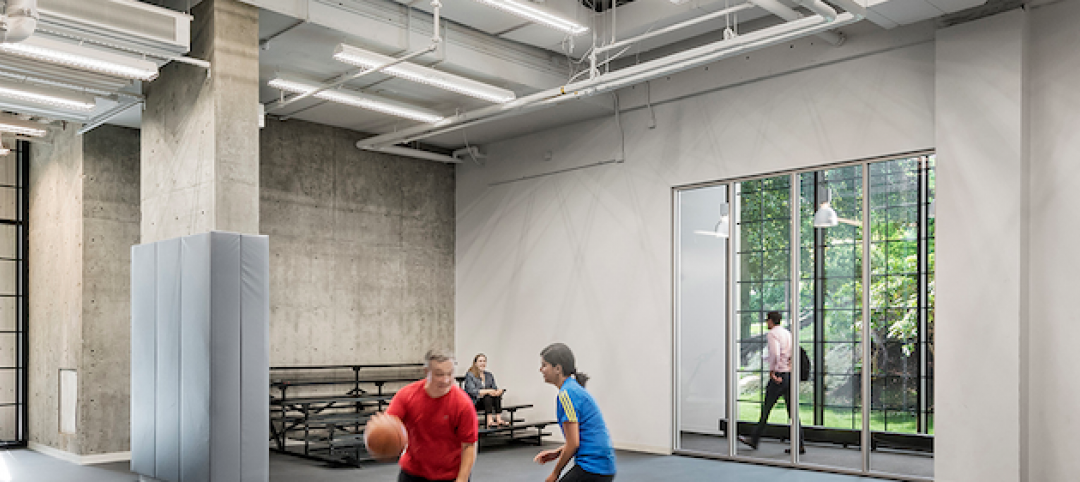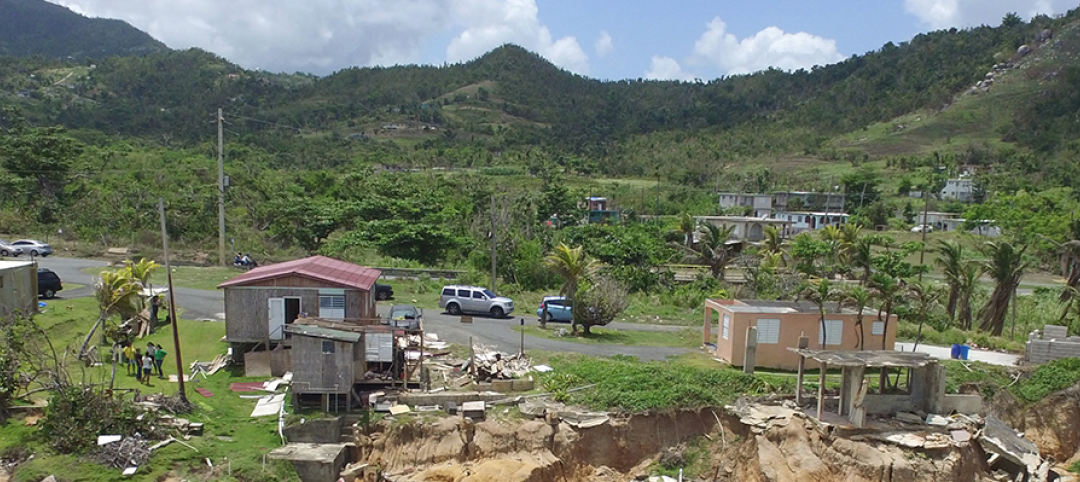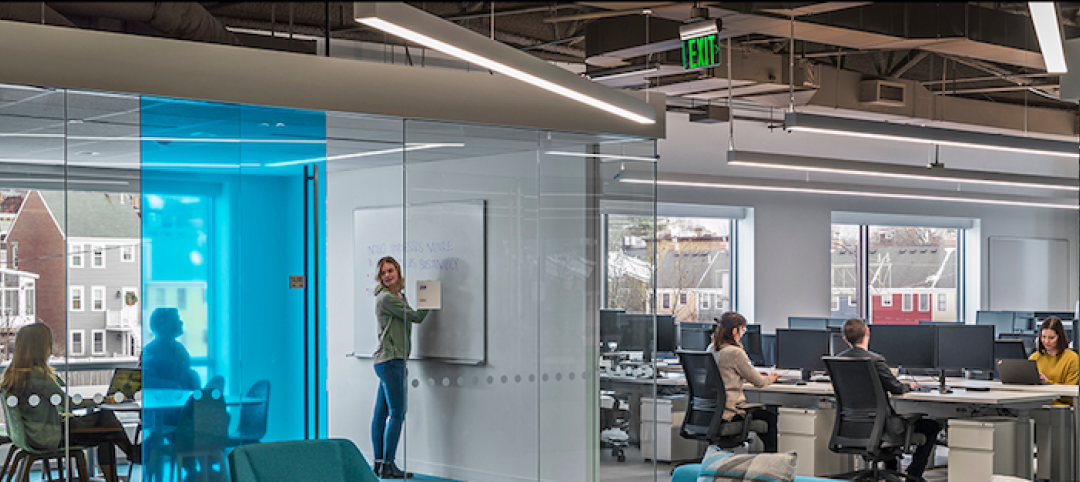The past 16 months have forced us to rethink the way we work. With the reopening of offices and our transition out of the homes that have sheltered us both physically and mentally for the last year and a half, employers need to give their staff the tools to self-manage and navigate a new emotional onboarding.
Employers would be wise to recognize that the WFH experience, much like the in-person office experience, was not created equal. From the creature comforts of our homes to the long-term isolation experienced by those living alone, acknowledging that the environments in which employees thrive differ by individual workstyles will be crucial to finding the balance that both benefits the business and supports its employees. But in this new hybrid environment in which we cater to how our employees work best, how will we manage new hybrid work practices and etiquette? Will we be able to build trust and strengthen our relationships without the in-person connection of the past?
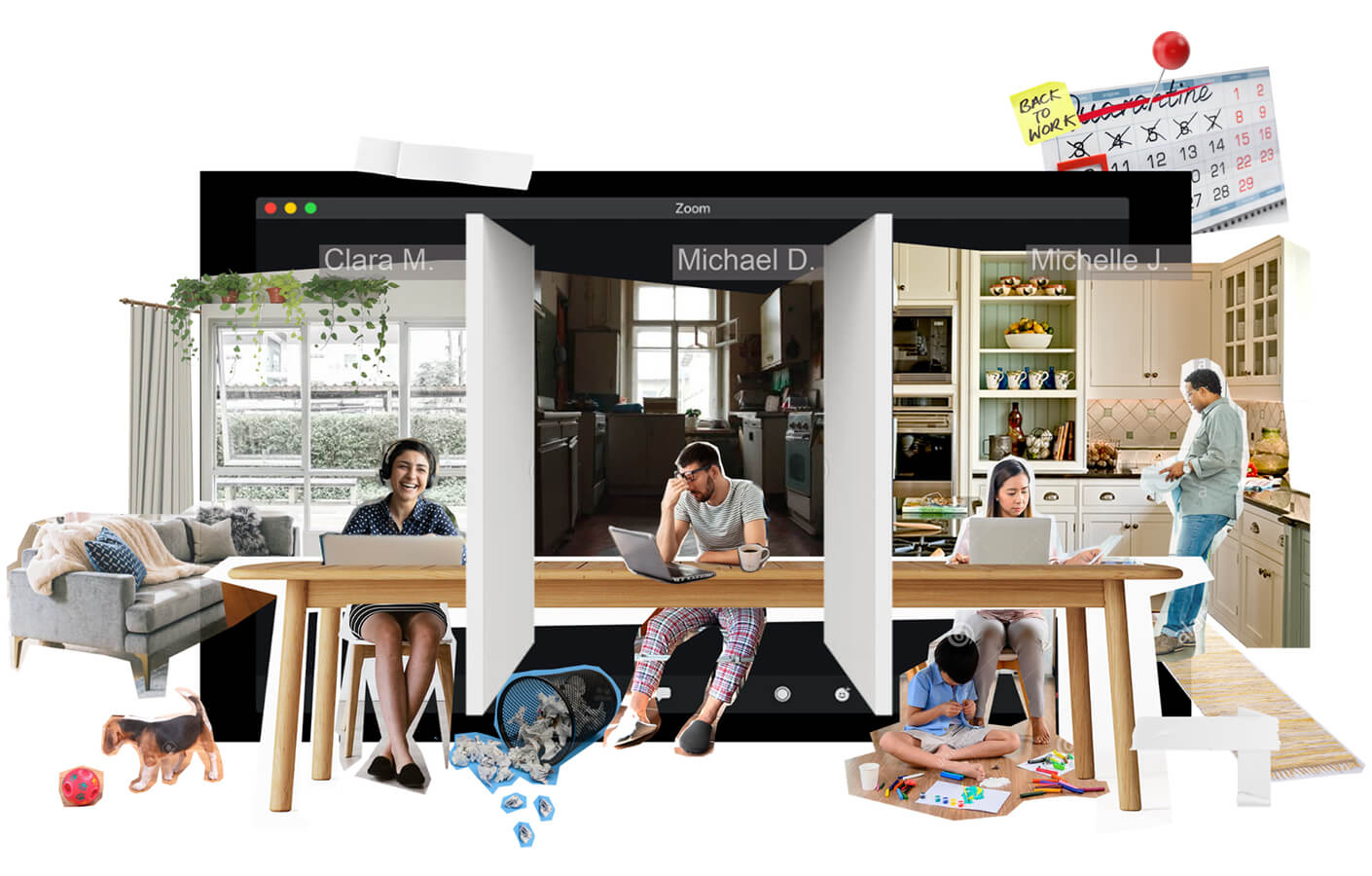
Prioritizing New Realities
Leaders who eagerly suggest bringing staff back into the office before properly assessing their employee’s needs fall at risk of quickly becoming leaders of an outdated frame of thinking, risking their employee’s well-being for the sake of getting “back to normal.” Are these leaders actually embracing the new reality and empathizing with their workforce? Or are they operating on lack of trust and fear of the new normal?
On the other hand, some company leaders are seeking to first relook at the intent of being in a workplace at all. Having realized that focus work has been highly productive in a WFH setting, focusing efforts on keeping the in-person office as a space dedicated to fortifying meetings and collaborative spaces can benefit the workplace and strengthen company culture. The spectrum of what this looks like can vary per industry and the type of tasks being done on a day-to-day basis to have the necessary space types follow suit.
The beauty of this transitional moment is that this re-shuffling of values and workplace strategies is allowing companies to put up a mirror and reflect on what has and hasn’t worked in the pre-COVID workplace. Companies have an incredible opportunity to look at how they can best support the well-being of their employees. Through the isolation of the pandemic, we have heightened our collective emotional awareness and agility. Individual employees have realized that by collectively prioritizing their well-being, there has been a spectacular power shift in workplace dynamics, with some employees responding to the “back to the office” demands in mass resignations. Employers must acknowledge that their staff cannot simply unlearn the experience of increased autonomy, choice, and lifestyle flexibility that remote work offers.
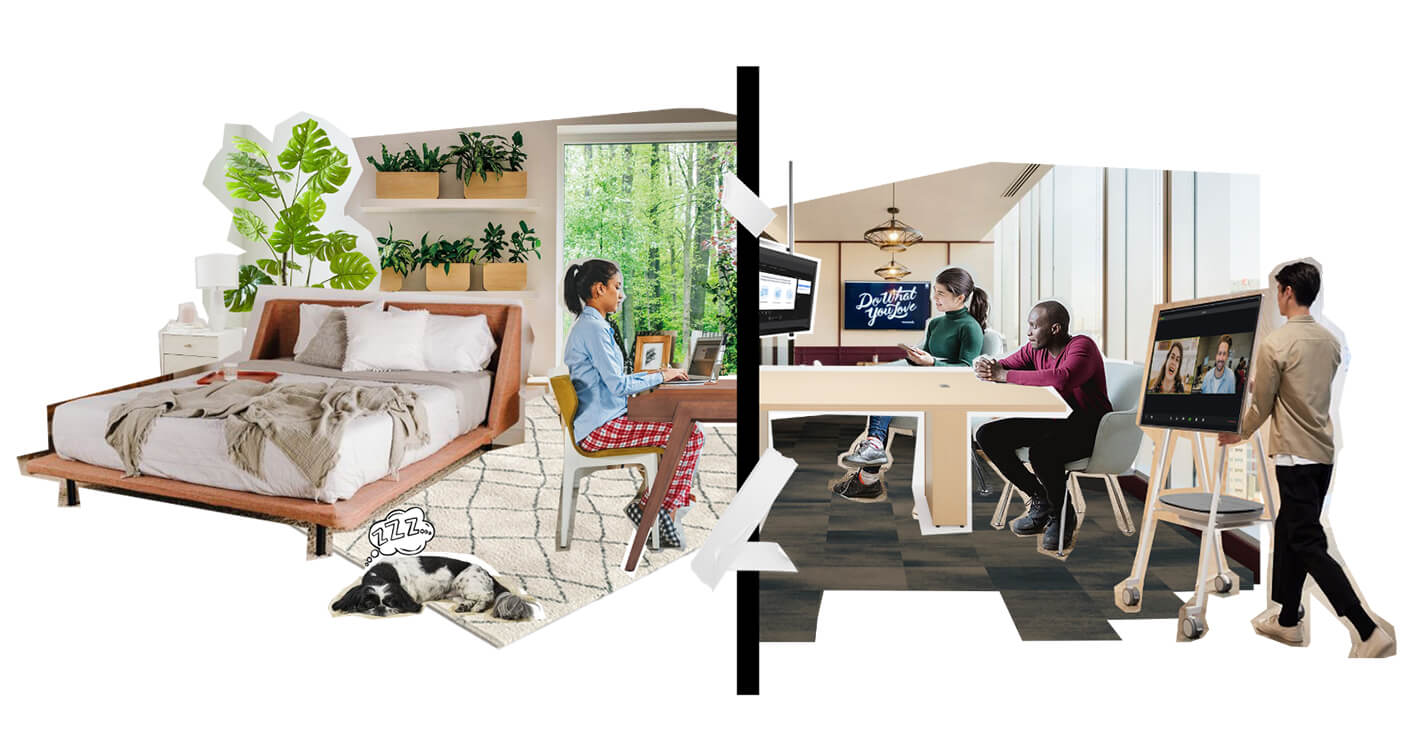
Early adopters who are willing to pause, reflect, and listen to the needs of their employees before transitioning “back to the norm,” will not only gain a competitive edge in attracting a new generation of talent hungry for employers who show genuine concern for their well-being, they will also have the capacity to influence how, where, and when we work. Why not take this time to rethink the future places that will bring people together for a greater cause for what we call work?
As we dive into what employees are seeking and we paint the picture of the hybrid workplace of the future, we are suggesting spatial solutions that can focus on making the workplace an intentional destination to return to—supporting the new normal of work. We encourage empathetic assessment and test piloting of these ideas to allow employees autonomy in finding the “right” fit for their work styles.
Curated Environments
As our health and safety have been compromised during the last 16 months, we have developed a hypersensitivity to the ways our environments make us feel—mentally, physically, and emotionally. Taking the workplace outdoors, a proven environment that benefits our well-being in myriad ways, allows for the use of open-air collaborative working spaces. These outdoor areas are meant to nourish us, enabling us to work amidst an environment that could have healing properties—equipped with edible vegetation, aromatic herbs, and access to sunlight. Addressing external environmental factors in these outdoor workscapes must remain a priority, so integrating flexible built structures around outdoor zones with smart shading, heating, and cooling systems will provide an autonomously responsive shelter that adapts to our needs as they arise.
Working on the couch today, or at the kitchen island? Having the ability to experience almost complete control of our home environments mirrors a stark difference in the lack of flexibility found in the rigidity of the typical office. The psychological and physiological comfort that comes from being able to customize our everyday workspaces will be an important element to be adopted in the workplace of the future. By investing in non-traditional construction in the workplace such as modular frame systems rather than fixed walls, the office can become a “hackable” space that can be tailored to an individual’s needs and workstyle. To go a step further in personal tailoring, we can equip these hackable spaces with mobile walls, modular panels, and integrated smart tech that can adjust to personalized levels of acoustical privacy. The amount of choice and flexibility a physical space can provide are examples of specific ways in which the workplace can prioritize people and purpose. By considering all aspects of ergonomics, thermal comfort, lighting controls, and the mental and physical needs of its users, the in-person office will be a magnet for drawing tenants back into an experiential workplace.
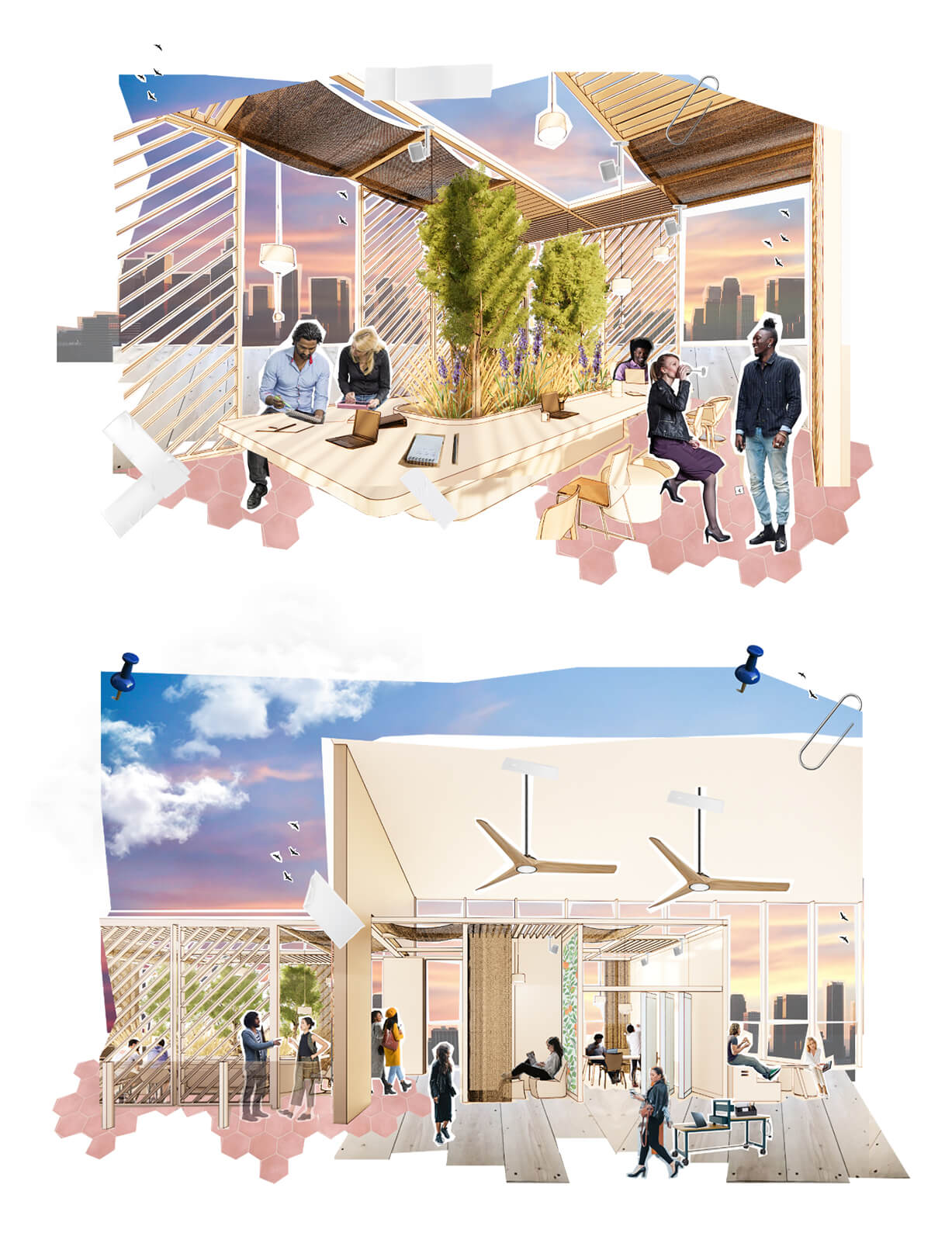
Fostering the Digital Nomad
In moving toward a future where there is no one-size-fits-all workplace strategy, it will be necessary to provide the right tools in the New Office that support staff and their individual work styles. There will need to be an integrated tech approach for all operations so that collaboration between remote, in-person, and hybrid employees is as seamless as possible. We can reimagine traditionally collaborative spaces such as conference rooms as immersive tech spaces, replacing traditional drywall construction with smart tech panels that create an in-person and virtual environment simultaneously. By being intentional in how we create collaborative environments for all staff, we can begin to foster a collaborative culture for employees that is inclusive, productive, and innovative.
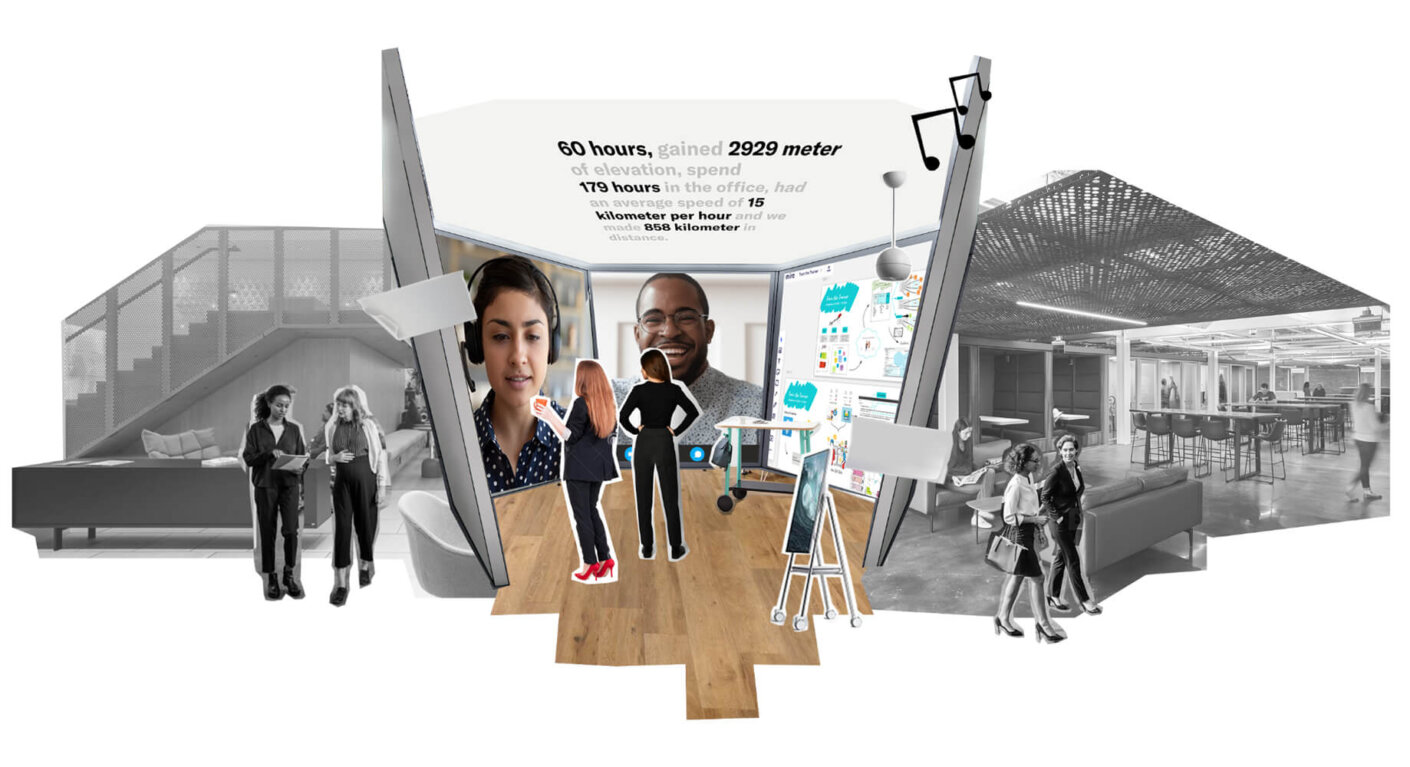
The New Office can also become a desired destination for employees by helping them re-establish spatial boundaries between their professional and personal lives to the benefit of their mental and physical health. Employees who have experienced remote working during the last year and a half can attest to seeing their most personal spaces blur the boundaries between safe havens and conference rooms. This disestablishment of work-life boundaries exemplified by makeshift sit-stand desks and playroom Zoom backgrounds laid bare the less attractive reality of WFH; a scenario that for some has spiked levels of anxiety, depression, and burnout. By creating spaces that cater to the mental health of staff, created by using the same immersive tech spaces for conference rooms as a meditation room, the office can act as an intermediary where employees get to experience an environment that is dedicated to improving their mental health.
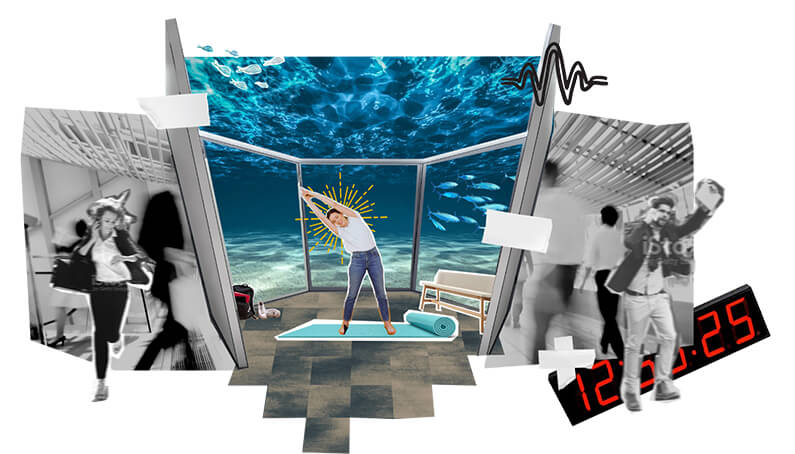
Collaboration Is Key
Now that companies have found that focus work and “heads-down” productivity are viable and successful in a remote work setting, organizations have an opportunity to design offices as collaborative destinations for their employees. Coming out of our home environments that transformed into multipurpose spaces for work, living, and playing—the office as a destination experience that feels new, fresh, and exciting will make employees excited to return. Prioritizing spaces for socialization—something we’ve all been deprived of—over individual work zones will renew a sense of company culture that feels tangible and different from the virtual culture we’ve begun to build. We can do this by designing clubhouse-like spaces that feel like hospitality environments catering to the care of the individual. These spaces will provide the perfect backdrop for relaxed, engaging encounters with colleagues. Focusing efforts on integrating shared amenities and designing spaces unlike the familiar scenes of the past year will make the new office a go-to spot where employees will actually want to be.
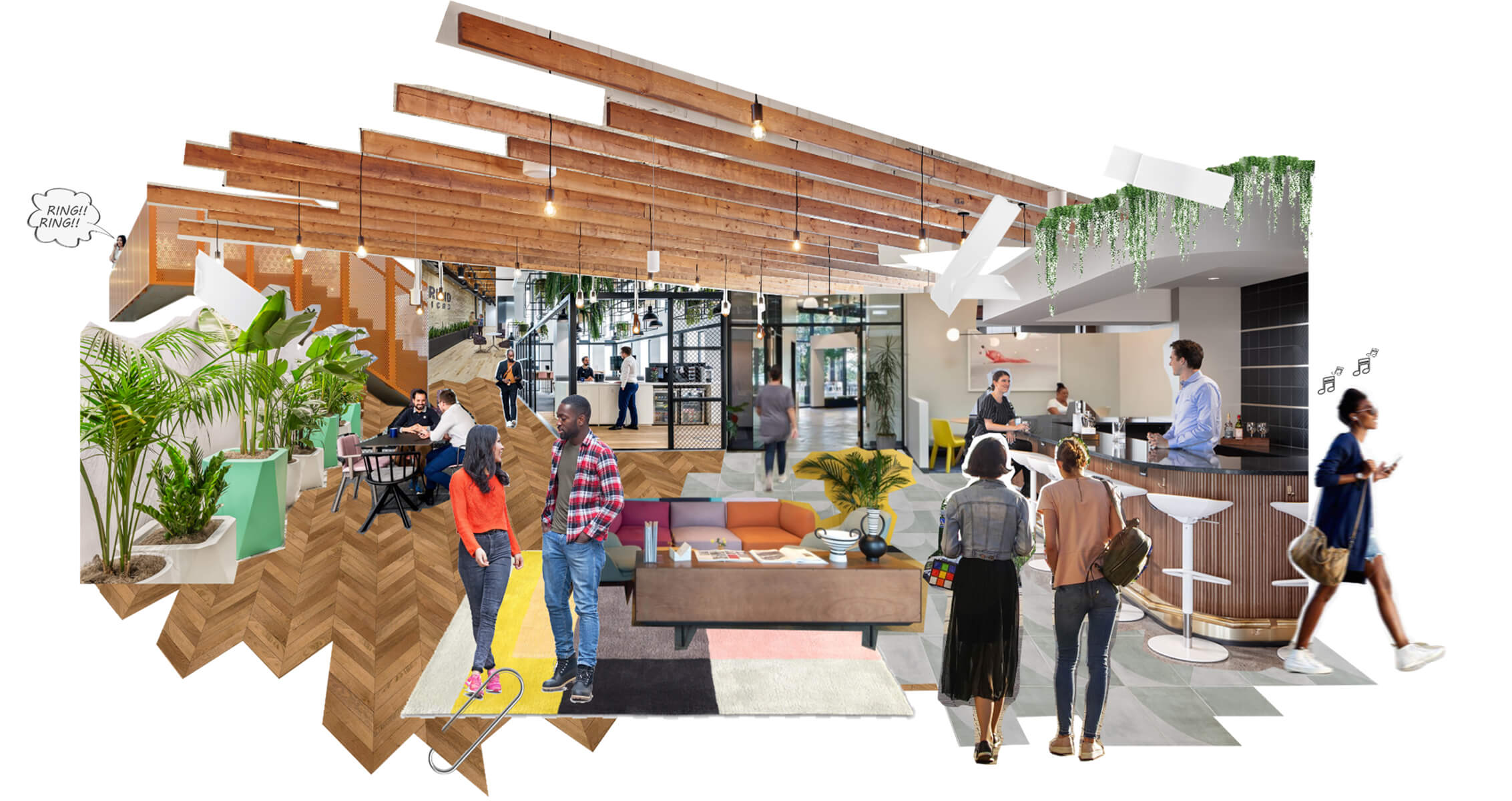
More from Author
Perkins and Will | Sep 19, 2023
Transforming shopping malls into 21st century neighborhoods
As we reimagine the antiquated shopping mall, Marc Asnis, AICP, Associate, Perkins&Will, details four first steps to consider.
Perkins and Will | Jul 20, 2023
The co-worker as the new office amenity
Incentivizing, rather than mandating the return to the office, is the key to bringing back happy employees that want to work from the office. Spaces that are designed and curated for human-centric experiences will attract employees back into the workplace, and in turn, make office buildings thrive once again. Perkins&Will’s Wyatt Frantom offers a macro to micro view of the office market and the impact of employees on the future of work.
Perkins and Will | May 30, 2023
How design supports a more holistic approach to training
For today’s college athletes, training is no longer about cramming team practices and weight lifting sessions in between classes.
Perkins and Will | Dec 20, 2022
4 triage design innovations for shorter wait times
Perkins and Will shares a nurse's insights on triage design, and how to help emergency departments make the most of their resources.
Perkins and Will | May 18, 2020
Global design firms collaborate on new COVID-19 mobile testing lab to bring testing to vulnerable communities worldwide
Perkins and Will, Schmidt Hammer Lassen Architects, and Arup Group develop scalable solutions for increased testing capacity within high-density and under-served neighborhoods.
Perkins and Will | Jun 7, 2019
Workplace wellness: Top 3 tips for Fitwel certification
How can thoughtful design encourage healthier choices, lifestyles, and work environments?
Perkins and Will | Feb 27, 2019
ResilientSEE: A framework to achieve resilience across scales
Conceived in the Boston studio of Perkins+Will, the ResilientSEE team developed a resilient planning framework that can be applied to other neighborhoods, cities, and countries.
Perkins and Will | Nov 28, 2018
Amazon HQ2 and the new geography of work
The big HQ2 takeaway is how geography and mobility are becoming major workplace drivers.
Perkins and Will | Sep 4, 2018
It takes more than money to fund resilience
Resilient design, much like all projects in the built environment, requires funding.
Perkins and Will | Aug 13, 2018
There's more to the open office than headlines suggest
A study found that contrary to popular belief, the open office did not encourage—but rather, inhibited—face-to-face communication.

